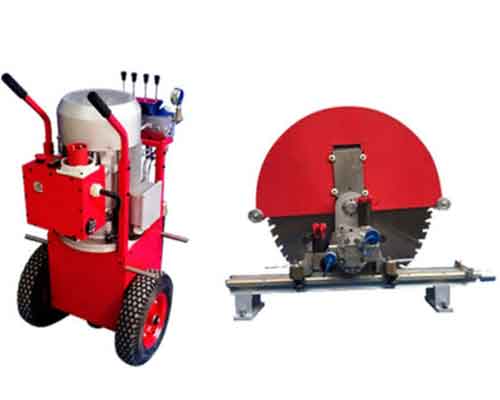Concrete cutting, can be explained in the layman's terms as the process of creating holes and openings through concrete surfaces, walls and ceilings. This process can be used for more complicated tasks along with revolutionizing tools and methods like coring concrete pile caps to removing unwanted concrete from a site. Concrete cutting, drilling and sawing are one of the greatest challenges for most of the drilling experts because the concrete is one of the toughest materials to work with due to its hardened nature. Special tools are needed to get the job done and safe without damaging the underground utilities and electrical conduits through the concrete.

The good news is that today, a wide range of concrete saws are available in the construction industry for fulfilling out different types of concrete sawing operations such as dry sawing and wet sawing. A concrete saw is nothing but a high-quality tool used by drilling experts to make cuts and openings on hard materials such as brick, masonry, and tile etc., apart from concrete. This tool can be hand-held saw or a big walk behind saw which often work with the support of either electric motors or gasoline.
Different Types of Sawing Techniques
Wire sawing's everyday need of the construction industry essential for creating highly accurate cuts or openings in steel and reinforced concrete. If you are looking forward to creating different types of shapes in a variety of different sizes, then nothing can to be more useful to you than wire saws. Wire saws, which can be diamond embedded cables used for creating holes and openings offer tremendous flexibility to contractors and helps in minimising wastage. Since wire sawing is an anti-vibration technique of creating cuts, it does not produce any types of cracks around the openings created by the contractors.

Floor Sawing
Floor sawing is the most commonly used method for cutting holes and cuts into roads, bridge decks and pavements, where awkward shapes and sizes need to be cut.
The main purpose of wall sawing is to create cuts on vertical structures inside heavily strengthened concrete such as walls. Wall saws are very close to track saws, and they are mostly used in building projects for creating openings such as doors and windows.










